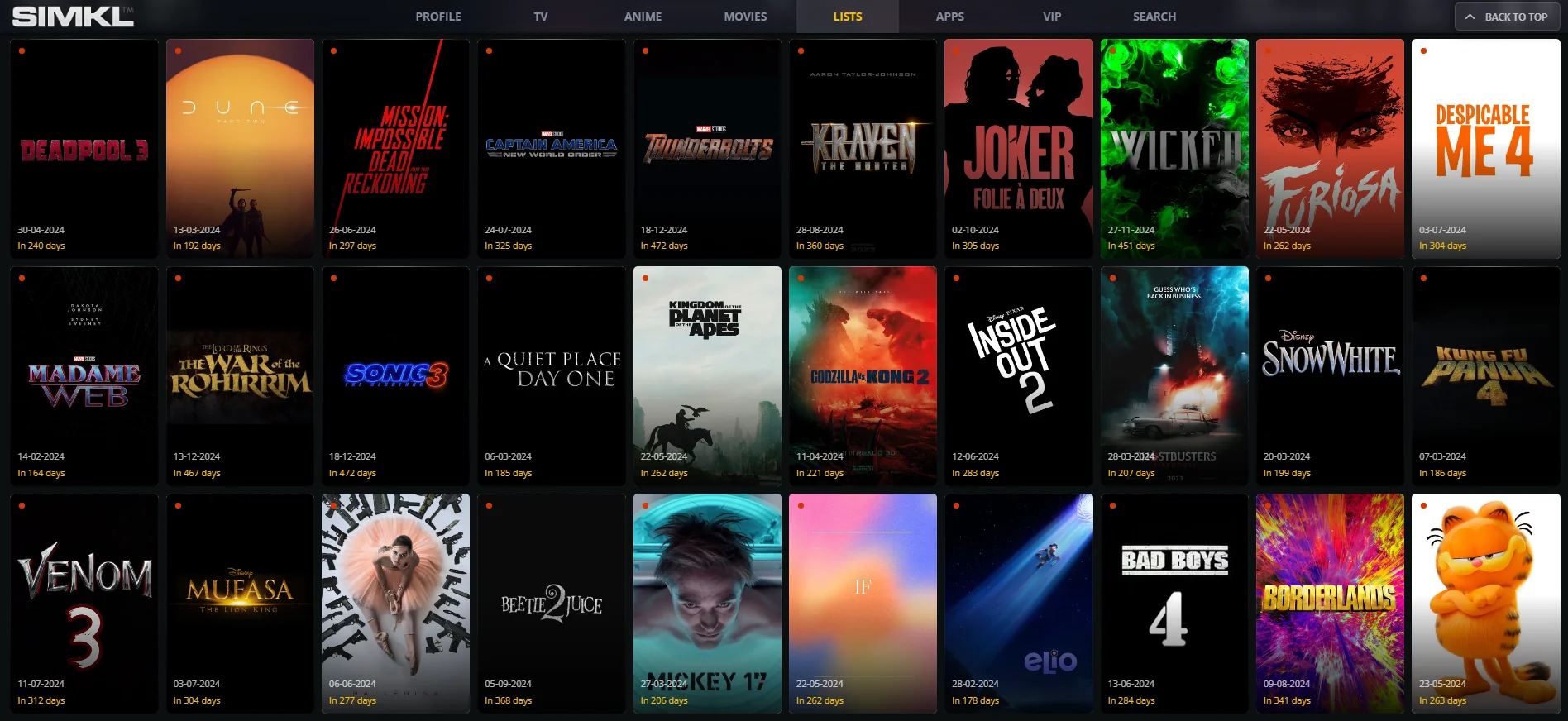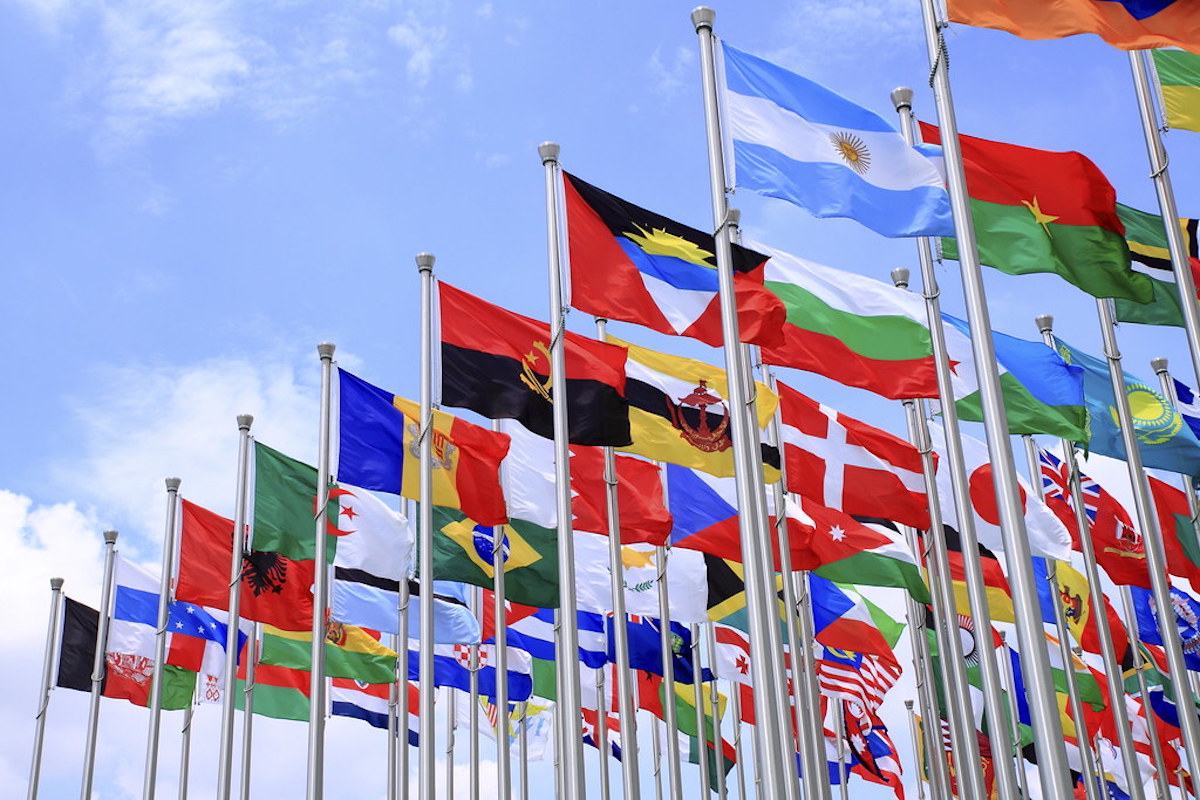Eczema on Lower Back in Children: Symptoms and Treatment
Let’s explore everything you should know about eczema on the lower back in children, from identifying the symptoms to treatment options.

Introduction to Eczema on Lower Back in Children
Eczema, a common skin condition that causes inflammation and irritation, can affect both children and adults. However, when it strikes young ones, it can be particularly difficult to manage. One of the many areas children experience eczema is the lower back. If your child is struggling with eczema on the lower back, understanding its symptoms, causes, and available treatments is crucial in providing the relief they need. Let’s explore everything you should know about eczema on the lower back in children, from identifying the symptoms to treatment options.
Understanding Eczema
Eczema, also known as atopic dermatitis, is a chronic skin condition that makes the skin red, itchy, and inflamed. It often appears during infancy or childhood and tends to flare up with certain triggers. While the exact cause is not fully understood, eczema is thought to be related to an overactive immune system and environmental factors.
Common Areas Affected by Eczema in Children
Eczema can appear on any part of the body, but it commonly affects areas such as the face, hands, and behind the knees. For some children, eczema can also show up on the lower back, causing discomfort and concern for parents.
What is Eczema on Lower Back?
Eczema on the lower back refers to the appearance of eczema patches in the region of the lower spine, near the waist. It can cause noticeable redness, dry patches, and itching, which can be very distressing for children. This area can be particularly challenging as it might be difficult to monitor and treat effectively due to its location.
Symptoms of Eczema on Lower Back in Children
Eczema on the lower back in children can look different depending on the severity and stage of the condition. Some of the common symptoms include:
Redness and Inflammation
One of the earliest signs of eczema is the redness of the skin. The affected area on the lower back may appear inflamed, and the skin may feel warm to the touch.
Itching and Irritation
Eczema is notoriously itchy. This constant urge to scratch can be difficult for children to manage, and it can worsen the condition by causing breaks in the skin, leading to possible infections.
Dry, Flaky Skin
As eczema progresses, the skin can become dry and flaky. This dry skin can be uncomfortable for children and make them more prone to further irritation.
Blisters and Weeping Skin
In more severe cases, eczema on the lower back may cause small blisters to form. These blisters may ooze and become crusty, which can be painful for children and increase the risk of infection.
Causes of Eczema on Lower Back
Understanding what triggers eczema flare-ups is essential for managing and preventing them. Eczema on the lower back in children is often caused by a combination of genetic and environmental factors.
Genetic Factors
If a child has a family history of eczema, asthma, or hay fever, they are more likely to develop eczema themselves. This genetic link plays a significant role in the development of the condition.
Environmental Triggers
Certain environmental factors, such as exposure to allergens, cold or dry air, and harsh chemicals, can trigger eczema flare-ups. Clothes that irritate the skin, such as wool or synthetic fibers, are also common culprits.
Allergies and Sensitivities
Children with eczema are often more sensitive to certain allergens such as pollen, pet dander, and certain foods. These allergens can trigger flare-ups, even on the lower back.
How Eczema on Lower Back Affects Children
Eczema isn’t just a physical burden; it can take an emotional and psychological toll on children.
Emotional and Psychological Impact
Eczema can make children feel self-conscious, especially if it appears on visible areas of the body. Constant itching and discomfort can lead to irritability and frustration.
The Struggle with Sleep Disruption
Because of the constant itching, eczema on the lower back can disturb your child’s sleep. This lack of rest can affect their mood, concentration, and overall well-being.
Diagnosis of Eczema on Lower Back in Children
Getting an accurate diagnosis is important for proper treatment.
How Doctors Diagnose Eczema
A pediatrician or dermatologist will typically diagnose eczema based on the appearance of the skin and a physical examination. They may also ask about family history and any potential triggers.
Differential Diagnosis
Sometimes, other conditions may look like eczema. Your doctor may need to rule out conditions like psoriasis, fungal infections, or allergic reactions to ensure proper treatment.
Treatment Options for Eczema on Lower Back
Once diagnosed, there are several effective treatments to manage eczema on the lower back and relieve your child’s discomfort.
Topical Treatments
Topical treatments are often the first line of defense for eczema. These treatments can provide immediate relief and help control flare-ups.
Moisturizers and Fragrance-Free Cream
Keeping the skin moisturized is essential for treating eczema. A fragrance-free cream is highly recommended to avoid irritating the sensitive skin of children. Moisturizers help to lock in hydration and prevent further dryness, which can trigger itching.
Hydrocortisone Cream
For more severe cases of eczema, your doctor might recommend a mild hydrocortisone cream to reduce inflammation. This is often used in short bursts to minimize the risk of side effects.
Wet Wrap Therapy
Wet wrap therapy involves applying wet bandages over the affected area after moisturizing. This helps keep the skin hydrated and can provide relief from itching and irritation.
Oral Medications
In some cases, oral medications may be prescribed if topical treatments aren’t enough. Antihistamines can help reduce itching, while oral steroids may be prescribed for more severe flare-ups.
Natural Remedies for Eczema
Some parents seek natural remedies to treat eczema, such as aloe vera or coconut oil. While these can be soothing, it’s important to consult with your doctor to ensure they won’t aggravate the condition.
Preventing Eczema Flare-ups on the Lower Back
While treatment can provide relief, preventing eczema flare-ups is essential for long-term management.
Identifying and Avoiding Triggers
Keeping track of potential triggers is crucial. Common triggers include allergens, harsh soaps, and stress. Avoiding these triggers can reduce the frequency and severity of flare-ups.
Daily Skin Care Routine
Developing a consistent skincare routine is key. This includes moisturizing regularly, using mild, fragrance-free soaps, and dressing your child in soft, breathable fabrics.
When to Seek Medical Attention
If your child’s eczema worsens or becomes infected, seeking medical attention is important.
Recognizing Severe Symptoms
Signs that you should consult a doctor include signs of infection (pus or increased redness) or if your child experiences severe discomfort.
The Role of a Dermatologist
If you’re struggling to manage your child’s eczema, a dermatologist can help with tailored treatment plans and advanced treatments.
Conclusion
Eczema on the lower back can be a challenging condition to manage, but with the right knowledge and treatments, it can be controlled. By recognizing the symptoms early, understanding the causes, and using the appropriate treatments, you can help your child find relief and avoid flare-ups. Don’t forget to maintain a consistent skincare routine and consult a doctor when needed.
FAQs
Can eczema on the lower back spread to other areas of the body?
Yes, eczema can spread to other areas, especially if not treated properly. Keeping the skin moisturized and managing triggers can help prevent this.
Is eczema on the lower back painful for children?
Eczema can be uncomfortable and painful, especially when the skin becomes inflamed, itchy, or blistered.
How can I tell if my child’s eczema is infected?
Signs of infection include pus, increased redness, and warmth around the affected area. If you notice these symptoms, contact a doctor immediately.
Can I use over-the-counter hydrocortisone cream for my child’s eczema?
Over-the-counter hydrocortisone cream can be used for mild eczema, but it’s best to consult your child’s doctor before use.
Are there any dietary changes that can help with eczema?
Some children may find relief from eczema by avoiding foods they’re allergic to. Consulting with a pediatrician or dermatologist can help determine if this is the case for your child.
What's Your Reaction?


















